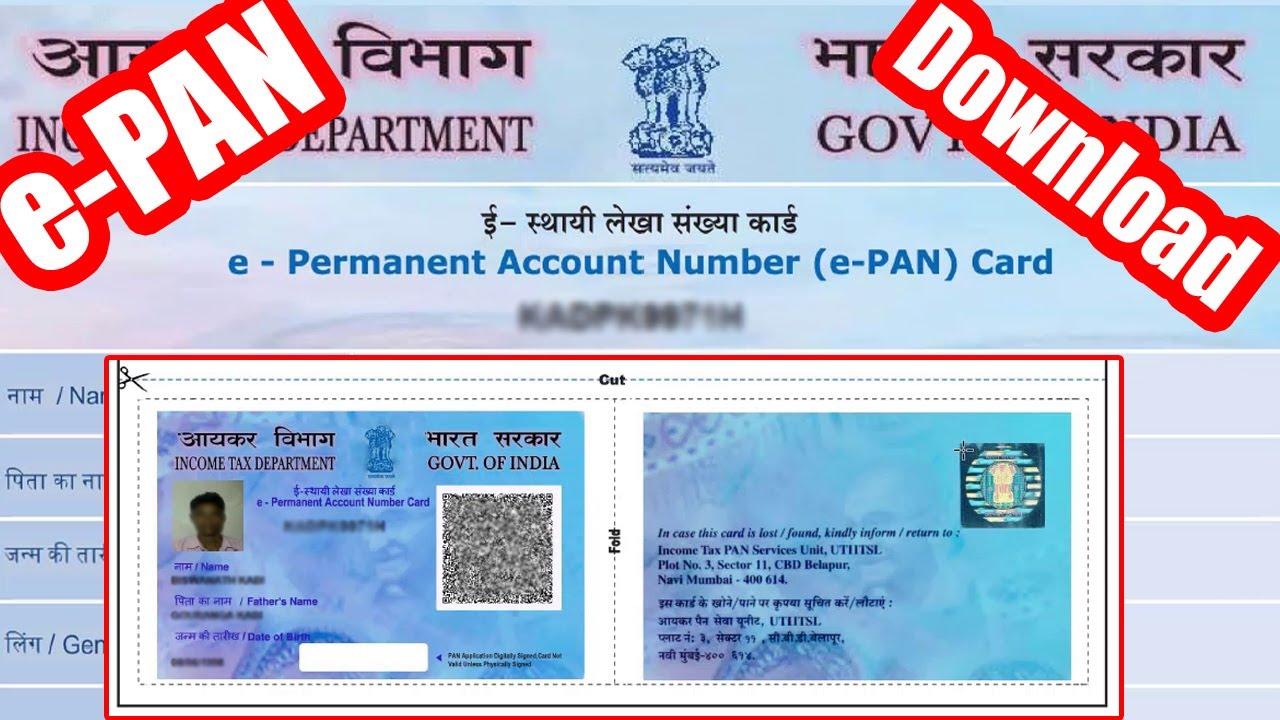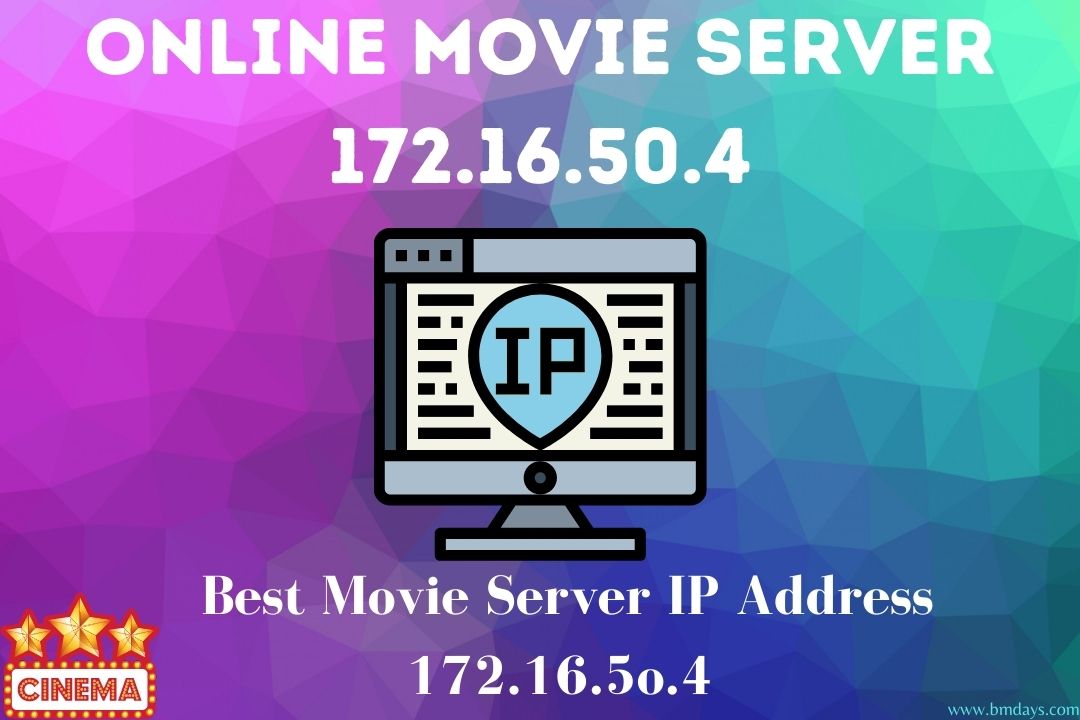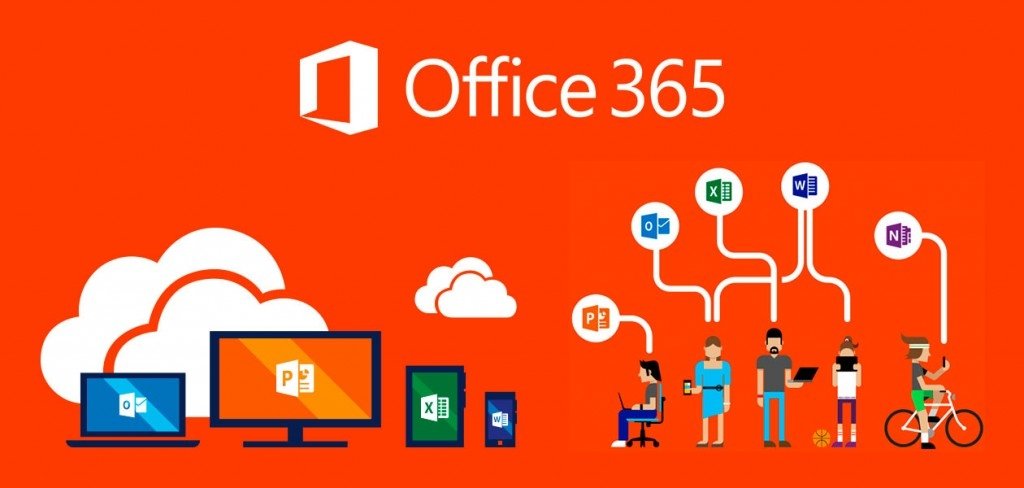Spotify Web Player: Revolutionizing Music Streaming on the Web
Introduction
In the age of digital transformation, the way we consume music has drastically changed. Gone are the days of physical CDs and cassettes, and in their place, we have a plethora of music streaming services. Among them, Spotify stands out as one of the pioneers in revolutionizing how we listen to music. While Spotify initially started as a desktop application, the advent of the Spotify Web Player marked a significant milestone in the company’s journey, allowing users to access their favorite tunes directly through their web browsers. In this article, we will explore the evolution, features, and impact of the Spotify Web Player on the music industry and its listeners.
The Evolution of Spotify Web Player
1.1 The Birth of Spotify
To truly understand the significance of the Spotify Web Player, we must first delve into the origin of Spotify itself. Launched in 2008, Spotify was founded by Daniel Ek and Martin Lorentzon in Sweden. It quickly gained popularity due to its vast music library, user-friendly interface, and freemium model that attracted millions of users worldwide.
1.2 From Desktop to Web
Spotify started as a downloadable desktop application for Windows and Mac users. While it gained traction rapidly, the company realized the potential of reaching a broader audience by making their platform available on the web. Thus, in 2012, the Spotify Web Player was introduced, making it accessible to users across different operating systems without the need for software installation.
Features of Spotify Web Player
2.1 Seamless Access to Music
The primary feature of the Spotify Web Player is its ability to provide users with a seamless experience of accessing their music library from any device with an internet connection. This feature empowered users to enjoy their favorite songs on the go, whether on a laptop, tablet, or smartphone.
2.2 Personalized Playlists and Discover Weekly
Spotify’s algorithms are designed to analyze user listening behavior, generating personalized playlists like Discover Weekly, Release Radar, and Daily Mixes. These features not only keep users engaged but also introduce them to new artists and genres, thus expanding their musical horizons.
2.3 Collaborative Playlists
The Spotify Web Player allows users to create and collaborate on playlists with friends and family. This feature fosters a sense of musical community, where users can exchange songs and curate playlists together, enhancing the social aspect of music streaming.
2.4 Cross-Device Synchronization
One of the standout features of Spotify Web Player is its seamless synchronization across devices. Users can start listening to music on their desktop, and with a click, continue the same track on their mobile device without any interruption.
Impact on the Music Industry
3.1 Shaping the Shift to Streaming
Spotify, with its Web Player, has played a pivotal role in steering the music industry towards streaming. The convenience and accessibility of the Web Player encouraged users to adopt streaming over traditional purchasing methods, significantly impacting the music market’s revenue streams.
3.2 Empowering Independent Artists
The Spotify Web Player opened doors for independent artists to reach a global audience without the need for major record labels. Its user-generated playlists and discovery features have been instrumental in promoting talented artists who might otherwise have gone unnoticed.
3.3 Data-Driven Music Curation
The data collected through the Web Player has enabled Spotify to refine its algorithms and recommendations continually. By analyzing user preferences, Spotify optimizes the user experience and offers relevant suggestions, leading to increased user engagement and retention.
Challenges and Controversies
4.1 Royalty and Artist Compensation
The Spotify Web Player has faced criticism from artists and musicians who believe that streaming services inadequately compensate them for their work. The debate on fair royalty payments has been a contentious issue, leading to industry-wide discussions and negotiations.
4.2 Ad-Supported Model and User Experience
Spotify’s freemium model, which offers a free tier supported by ads, has been a double-edged sword. While it attracts a vast user base, the ads can disrupt the user experience and drive some users away from the platform.
The Future of Spotify Web Player
5.1 Continuous Innovation
Spotify has consistently demonstrated its commitment to innovation, and the Web Player is no exception. As technology evolves, we can expect Spotify to keep enhancing the Web Player’s features and overall performance.
5.2 Expanding Global Presence
Spotify’s Web Player has already made music streaming more accessible to millions of users worldwide. Going forward, Spotify is likely to focus on expanding its global presence by catering to diverse audiences in different regions.
Conclusion
The Spotify Web Player has undeniably revolutionized the way we consume music on the web. Its seamless access, personalized playlists, and impact on the music industry have made it a significant player in the streaming landscape. As Spotify continues to innovate and adapt to user preferences, we can only expect the platform’s influence to grow further, shaping the future of music streaming.















